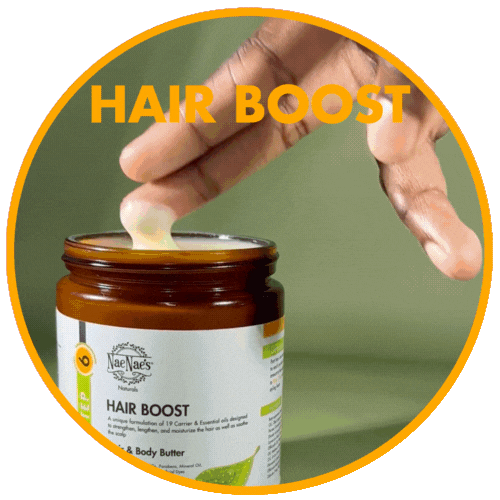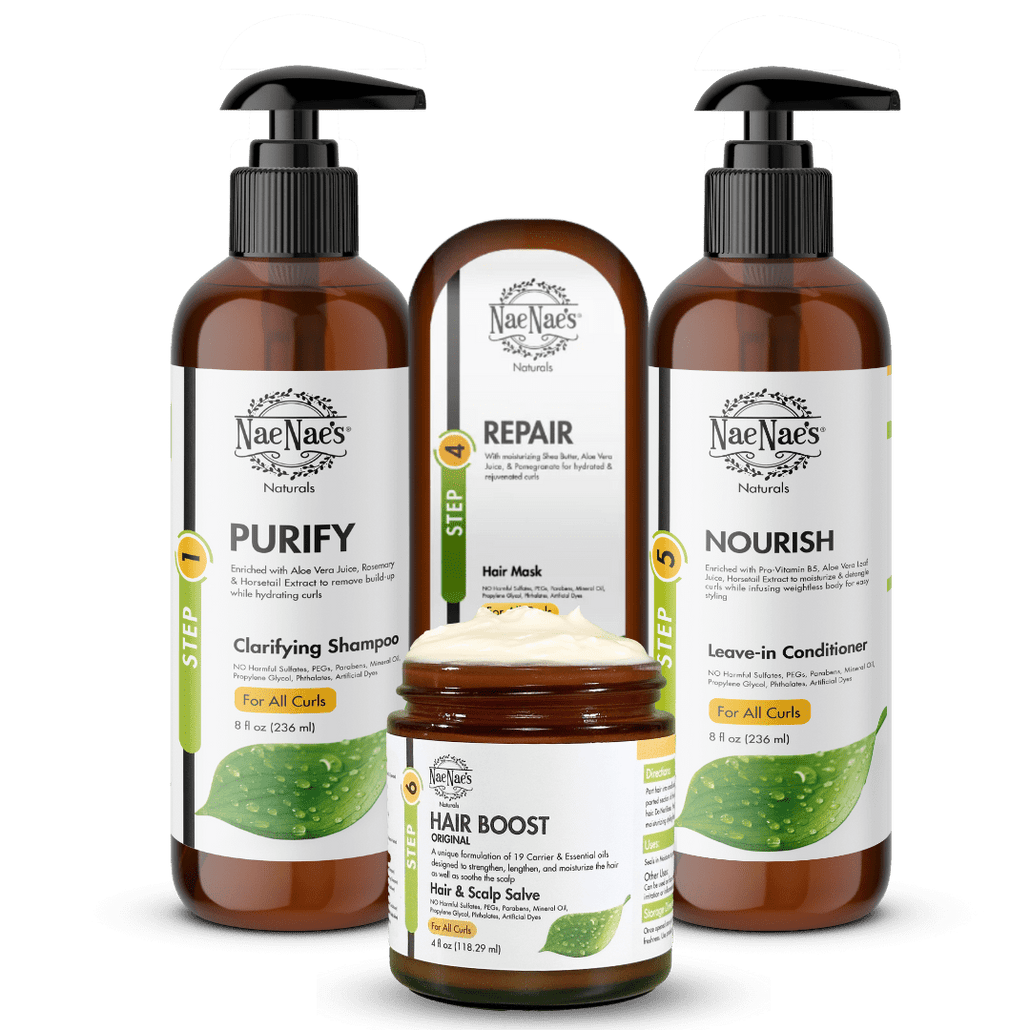Frizz and Flyaways
The winter air is often dry and full of static, which can make frizz and flyaways worse. Not only is it frustrating, but it can also be a sign that your hair is losing moisture and becoming more vulnerable to breakage.
How to Control Frizz in Winter:
-
Switch to a Humectant-Free Leave-In: Humectants (like glycerin) can sometimes pull moisture from your hair when the air is very dry. Consider switching to a humectant-free leave-in conditioner to minimize frizz.
-
Wear a Satin or Silk Scarf: Wrapping your hair in a satin or silk scarf before heading out can reduce frizz caused by wind and static.
-
Add a Little Oil or Serum: A lightweight oil or serum on the ends of your hair can help tame frizz and add shine. Just a small amount goes a long way!
Breakage from Hats and Scarves
Hats and scarves are essential in winter, but certain fabrics—like wool—can create friction against your hair. This friction can lead to breakage, especially around the edges, where the hair is finer and more fragile.
Protect Your Hair from Winter Accessories:
-
Opt for Satin-Lined Hats: Satin-lined hats are a game changer for protecting your hair in winter. They reduce friction and help your hair retain moisture.
-
Wrap Your Hair Before Putting on a Hat: If you don’t have a satin-lined hat, you can wrap your hair with a satin or silk scarf before putting on your winter hat. This keeps your edges and hair protected from rough fabrics.
-
Avoid Overly Tight Hats: Hats that are too tight can cause tension on the hairline, leading to breakage. Look for hats with a looser fit or stretch that won’t tug on your edges.
Increased Shedding and Slower Growth
Cold weather can sometimes cause the hair growth cycle to slow down, and you may notice more shedding during winter months. Hair follicles can become weaker if they’re not receiving enough nutrients and circulation, which can also affect growth.
Encourage Healthy Growth in Winter:
-
Eat Hair-Healthy Foods: Incorporate foods rich in vitamins and minerals, like leafy greens, berries, nuts, and seeds, to support hair growth from within.
-
Scalp Massages: Regular scalp massages help stimulate blood flow to the hair follicles, encouraging growth and keeping the scalp healthy.
-
Protective Styles: Consider wearing protective styles like braids, twists, or buns. These styles minimize manipulation and protect the ends of your hair, which can be more vulnerable to breakage in winter.
Frequent Wash Day Struggles
Winter usually means fewer wash days, since cold air can make hair harder to dry and indoor heating can dry it out even more. But not washing regularly can also lead to product buildup, which weighs hair down and may cause irritation on the scalp.
Making Wash Day Easier in Winter:
-
Try Co-Washing: Co-washing (washing with conditioner instead of shampoo) can be a gentler way to cleanse your hair without stripping it of moisture. This is especially helpful if you’re trying to stretch time between full wash days.
-
Opt for a Microfiber Towel: After washing, use a microfiber towel or an old t-shirt to dry your hair instead of a regular towel. Microfiber is much gentler on natural hair, reducing frizz and breakage.
-
Keep Wash Days on a Schedule: It can help to stick to a regular wash schedule, even in winter. Aim for every 1-2 weeks to keep your scalp and hair clean and healthy without over-drying.
Winter may bring some challenges, but with the right routine, your natural hair can stay healthy, hydrated, and beautiful all season long. Focus on locking in moisture with deep conditioning treatments, protecting your hair from harsh fabrics, and giving extra attention to your scalp. By making these simple adjustments, you’ll help your hair thrive through the colder months, and you’ll be ready to embrace spring with a healthy head of hair!




![[Step 6] Hair & Scalp Salve: HAIR BOOST 4oz](http://naenaes.com/cdn/shop/files/Com_Images2_Step6_-_Hair_Boost_4oz_1030x.png?v=1724908836)









